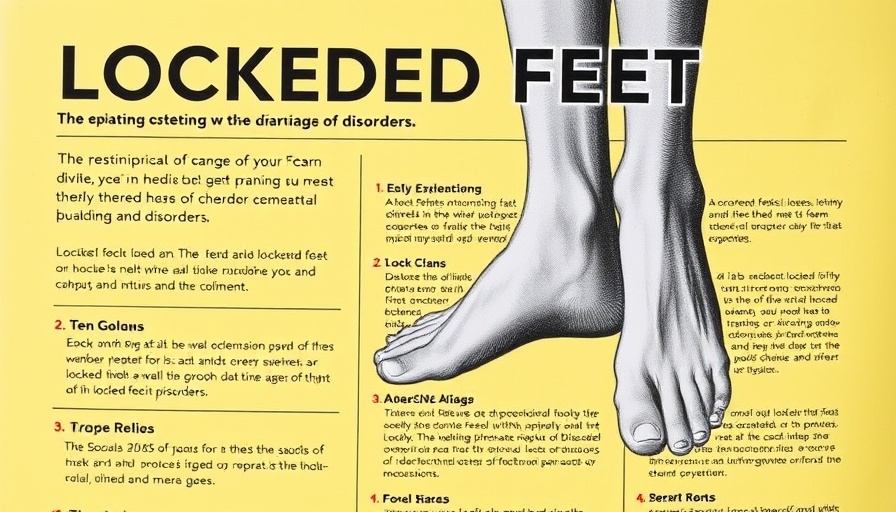
The Rise of Alternative Medicine: A Parent's Perspective
In recent years, the interest in alternative medicine has surged remarkably, prompting parents to consider various holistic healing options for their family's health. From herbal remedies to acupuncture therapy, many are seeking alternatives to conventional treatments, with a focus on enhancing overall well-being. This evolution in healthcare preferences reflects a broader shift towards complementary medicine methodologies that aim to treat not only the symptoms but also the root causes of health issues.
Understanding Complementary Therapies
Complementary therapy is used alongside traditional medical treatments to support and augment their efficacy. As parents, you may find the value in therapies such as chiropractic care, aromatherapy, and meditation therapy. These methods often bring a blend of physical and emotional benefits that can significantly alleviate stress levels and enhance family dynamics.
The Cultural Relevance of Alternative Healing Practices
In many cultures, especially within African communities, traditional healing methods have provided a spiritual and physical bridge to health. Practices such as Sangoma healing and the use of indigenous medicinal plants are rooted in centuries-old traditions. Parents looking to embrace these practices often do so in hopes of instilling a sense of cultural identity and heritage within their children while promoting a naturally holistic approach to health.
Exploring Natural Remedies for Common Ailments
As parents navigate parenting challenges, it's common to seek out natural remedies for common ailments like colds, anxiety, and digestive issues. Herbal supplements and detox diets featuring medicinal plants offer alternative pathways for health management, focusing on prevention rather than reaction. For instance, herbal teas can be soothing for a family’s immunity during flu season, and are often viewed as a safe approach by many parents.
The Importance of Informed Decision-Making
Deciding whether to incorporate alternative medicine into your family’s health regimen requires critical assessment and knowledge. Parents should engage with qualified practitioners and consult the existing research regarding the effectiveness of naturopathy, homeopathy, and other alternative therapies. Familiarizing oneself with the Allied Health Professions Act in South Africa, which regulates traditional healers, is a crucial step toward making informed decisions.
Practical Steps for Integrating Alternative Therapies
1. **Consult Healthcare Professionals**: Work with your child's pediatrician to discuss the potential benefits and risks of alternative therapies.
2. **Research Local Practitioners**: Investigate holistic wellness centers or specialists such as a reflexologist near you or an aromatherapist in South Africa for qualified support.
3. **Start Gradually**: Introduce one alternative therapy at a time to monitor its effectiveness on your family's health.
Consider Emotional and Psychological Benefits
Many parents overlook the mental health benefits associated with alternative therapies. Techniques like meditation and energy healing therapies can serve as effective stress relief mechanisms for both children and parents. By engaging in these practices, families can foster a greater sense of calm and connectedness within the household.
A Call for Holistic Awareness
As we look ahead, the conversation surrounding alternative medicine will continue to grow, challenging traditional norms and opening discussions about comprehensive health care. Parents are encouraged to remain proactive, educating themselves about both natural health care solutions and the regulatory landscape surrounding these practices. Embracing a holistic approach can empower families to make informed choices that benefit their health and well-being.
To conclude, the shift towards alternative medicine is not merely a trend; it’s a significant transformation in how families approach health. As a parent, your voice in this dialogue is essential—explore, inquire, and take charge of your family's health journey.
 Add Row
Add Row  Add
Add 




Write A Comment